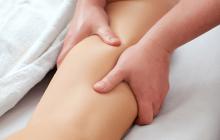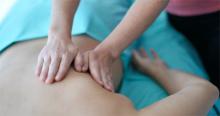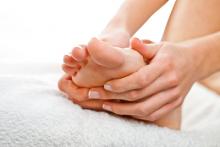Deep, But Not Too Deep
Clients commonly request deep tissue massage for its lasting benefits—and it just plain feels good. But it’s important to let your therapist know just how deep you want your massage. Here are some ways to help you communicate with your therapist to increase or decrease the intensity.
Verbal Feedback
Your therapist really wants to know how you feel about your massage. Feedback early on in the session is important.




